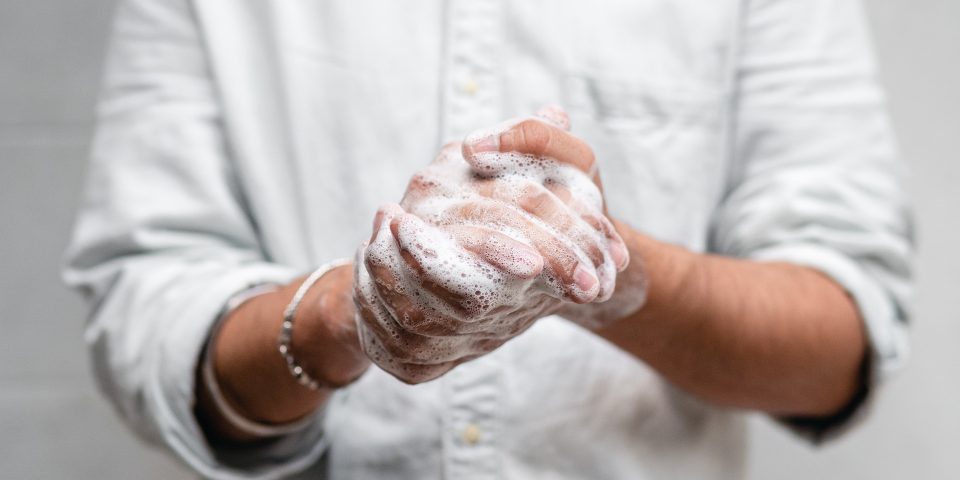Essential Oils with Antiseptic Properties
The following list includes essential oils and the therapeutic antiseptic properties generally attributed to them. These statements have not been evaluated by the Food and Drug Administration. These oils are not intended to diagnose, treat, cure or prevent any disease.
Antiseptic: A substance helping to control infection: destroys microbes and prevents their development.
Essential Oil General Safety Information: Essential Oils (EOs) are highly concentrated extractions of plants and can be harmful if not used carefully. Incorporating EOs into your lifestyle should not cause unnecessary work, but it is important to heed all safety precautions. Never take EOs internally, even if a label say it is safe for consumption by mouth. Never put undiluted EOs directly onto your skin (NEAT) to avoid sensitization of skin, and never apply NEAT to broken skin. Some EOs can cause irritation, sensitization or allergic reactions in some individuals. When using a new oil topically for the first time, perform a skin patch test on a small area of the skin. Some EOs are phototoxic and can cause irritation, inflammation, blistering, redness and/or burning when exposed to UVA rays of the sun. Discontinue using EOs immediately if you encounter any irritation, redness or reaction. Take care when adding EOs directly to bathwater. EOs do not stayed mixed in water, and can, therefore “pool” causing the EO to touch body areas in full strength with the potential for irritation. Some EOs should be avoided during pregnancy or by those with asthma, epilepsy, or other health conditions. Avoid using EOs near the genitals, mouth, nose, eyes and ears. Extreme caution should be used with children and elderly (due to medication mix). Care should be taken when using EOs near animals as not all EOs are safe to use on dogs, cats, birds, horses or other pets. EOs are flammable; keep them away from fire hazards.
Essential Oils with Antiseptic Properties
- Basil
- Bay Laurel
- Bergamot
- Benzoin
- Black Pepper
- Cardamom
- Cedarwood
- Chamomile, Roman
- Cinnamon
- Clary sage
- Clove
- Eucalyptus Citriodora
- Eucalyptus Globulus
- Eucalyptus Radiata
- Frankincense
- Geranium
- Grapefruit
- Hyacinth
- Jasmine
- Juniper
- Lavender
- Lemon
- Lemongrass
- Linden Blossom
- Litsea Cubeba (May Chang)
- Marjoram
- Melissa
- Myrrh
- Neroli
- Orange
- Oregano
- Ormenis Flower
- Palmarosa
- Patchouli
- Peppermint
- Petitgrain
- Pine
- Ravensara
- Rose Maroc
- Rosemary
- Rose Otto
- Sandalwood
- Spikenard
- Tagetes
- Tea tree
- Thyme (Red and Linalol)
- Vetiver
- Ylang ylang
- Yuzu
REFERENCES:
- Aromatica: A Clinical Guide to Essential Oil Therapeutics (Vol. 1 & 2) by Peter Holmes LAc, MH
- Reference Guide for Essential Oils by Connie and Alan Higley
- The Encyclopedia of Essential Oils by Julia Lawless
Grace to you and peace from God our Father and the Lord Jesus Christ. Philippians 1:2
Til next time,





